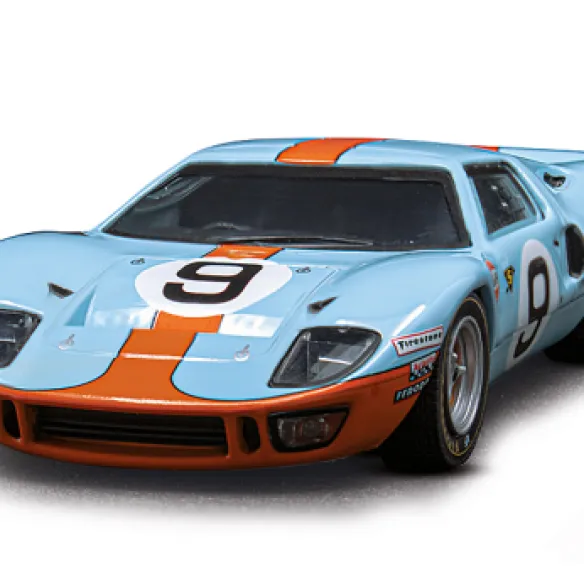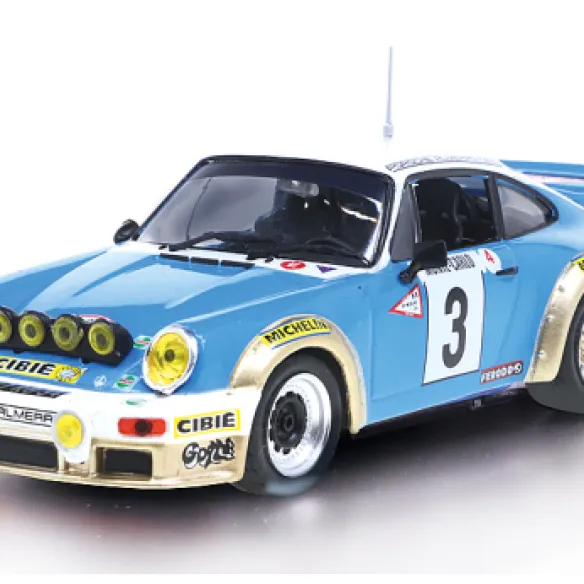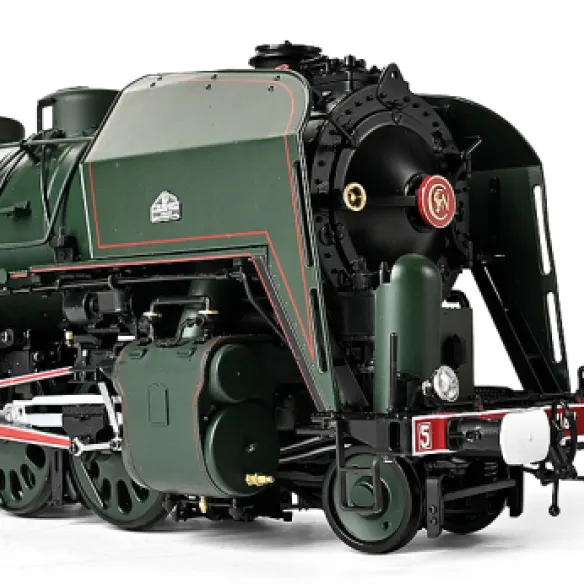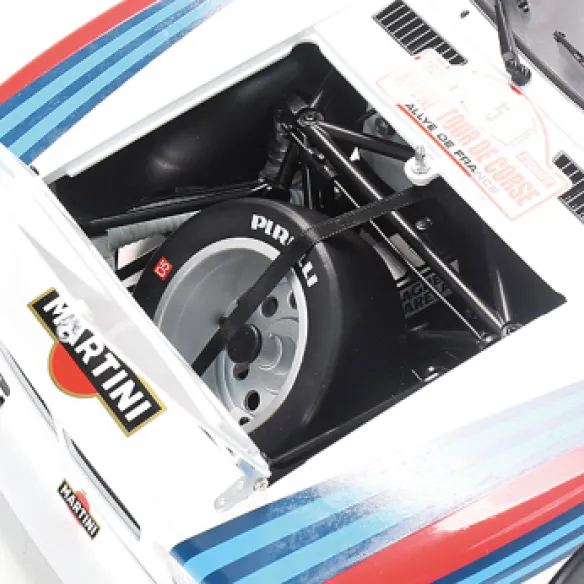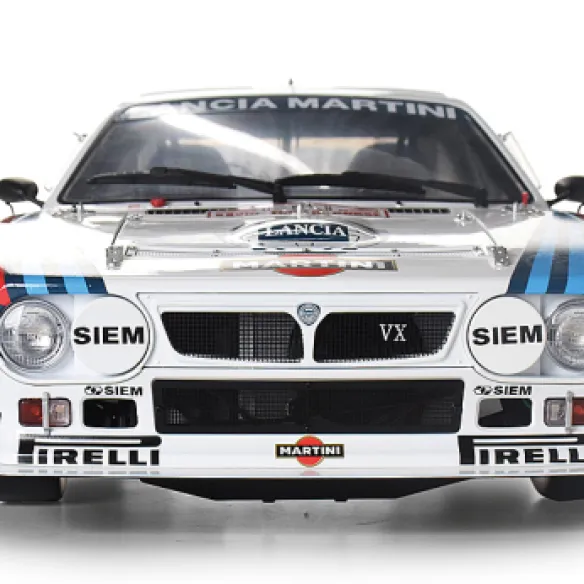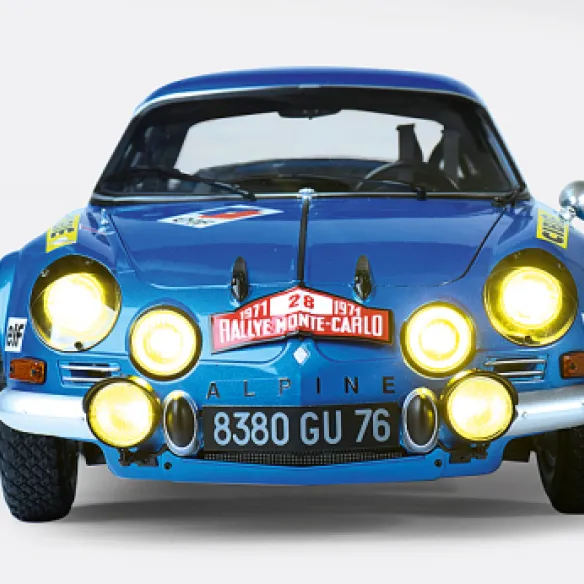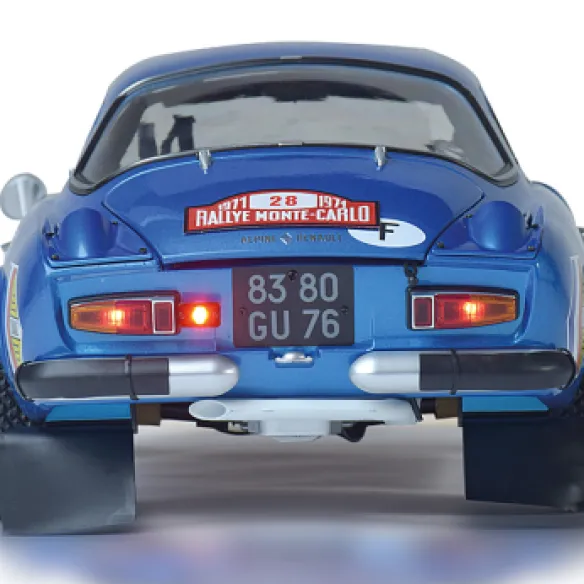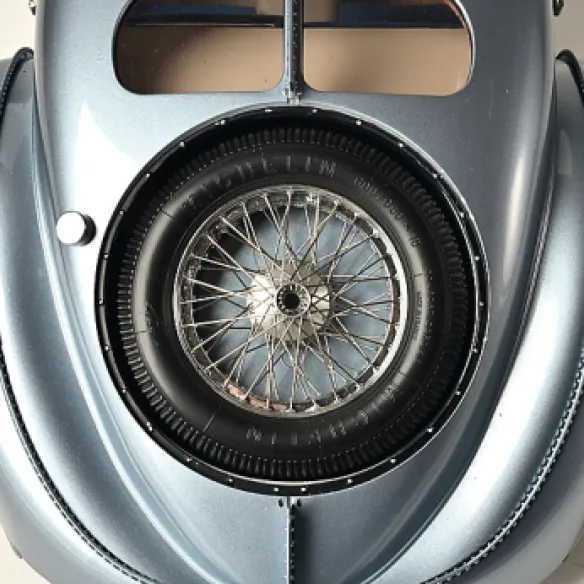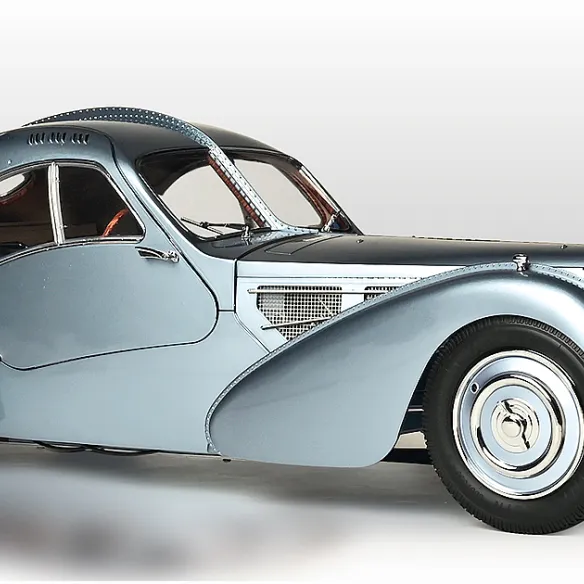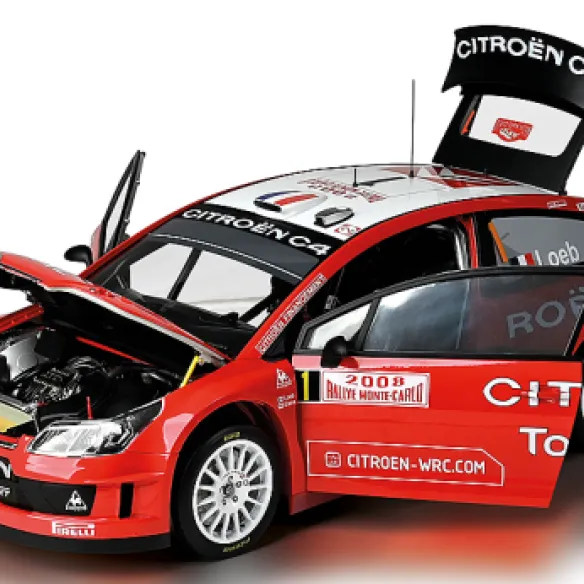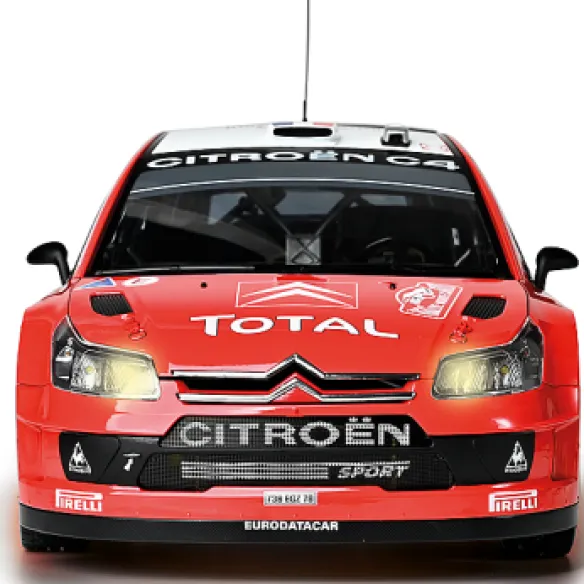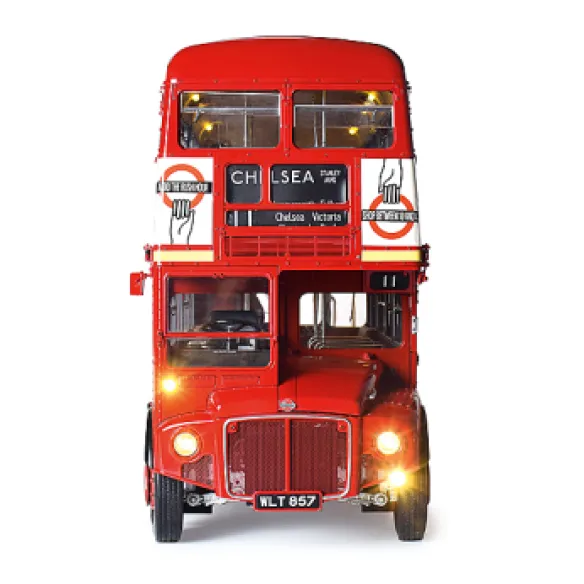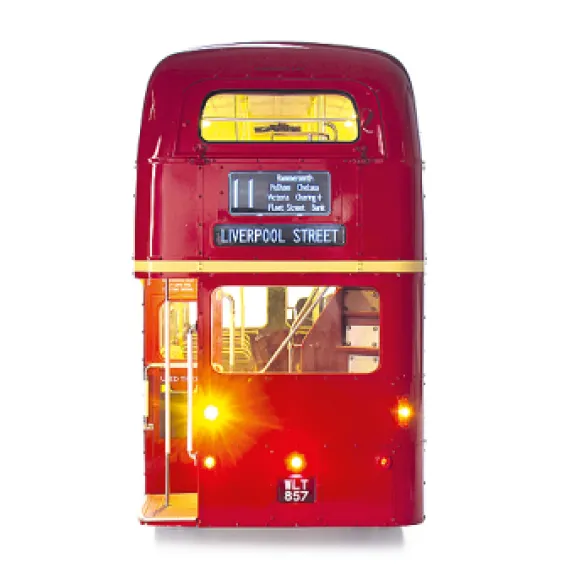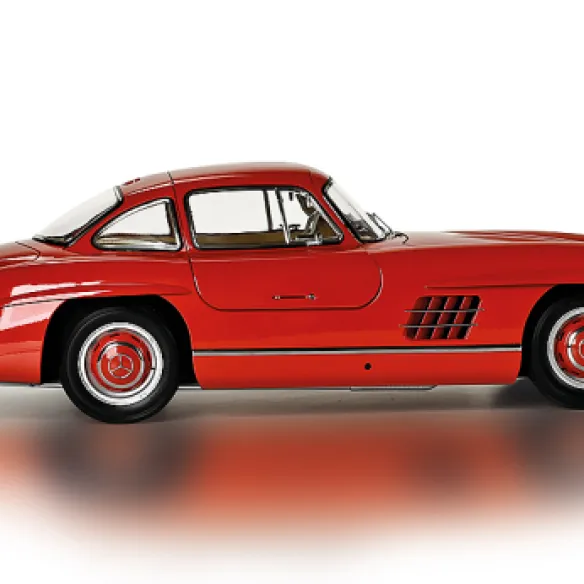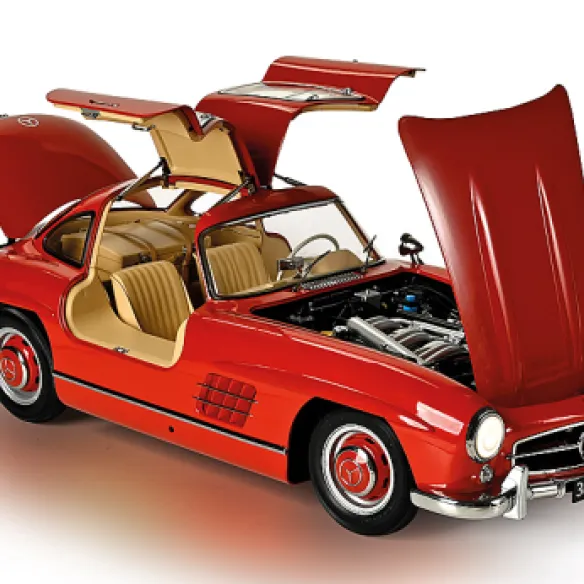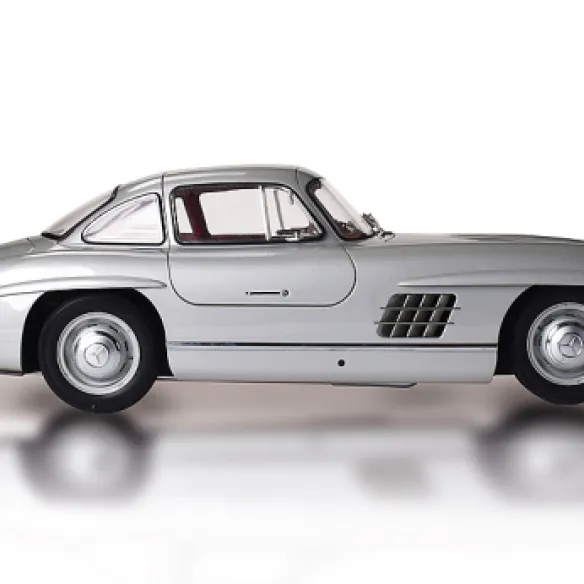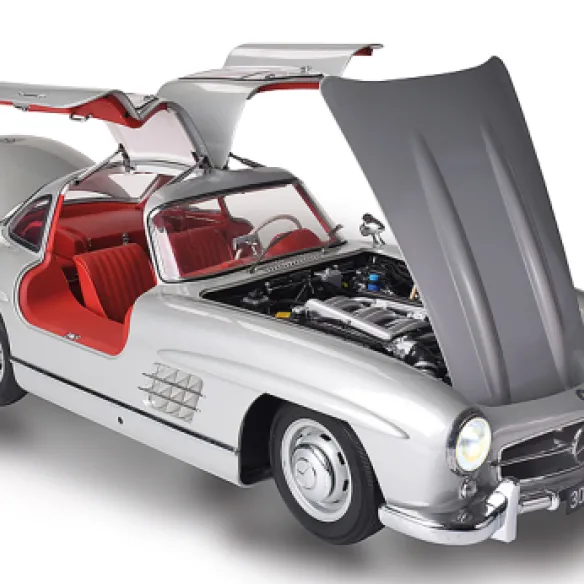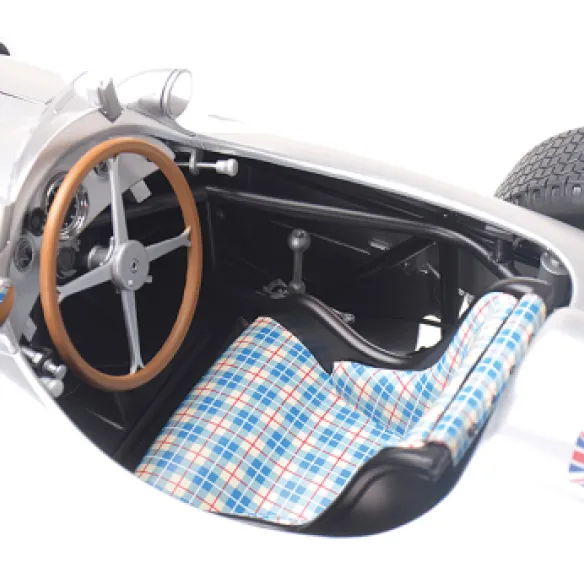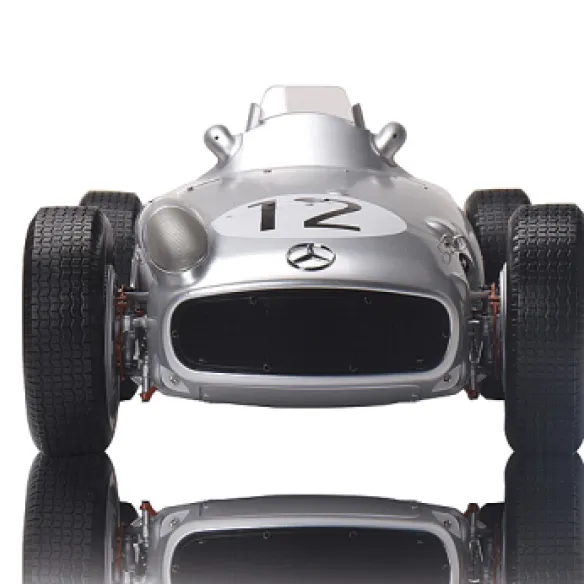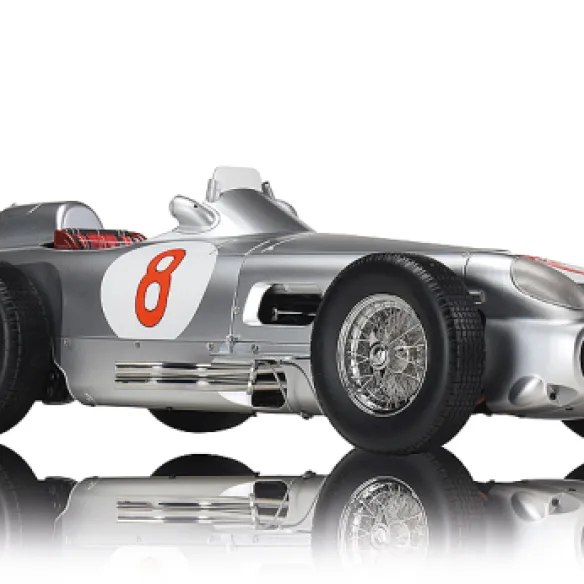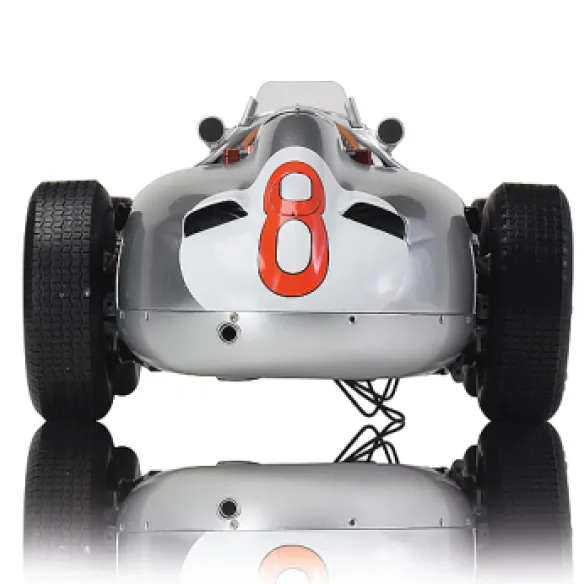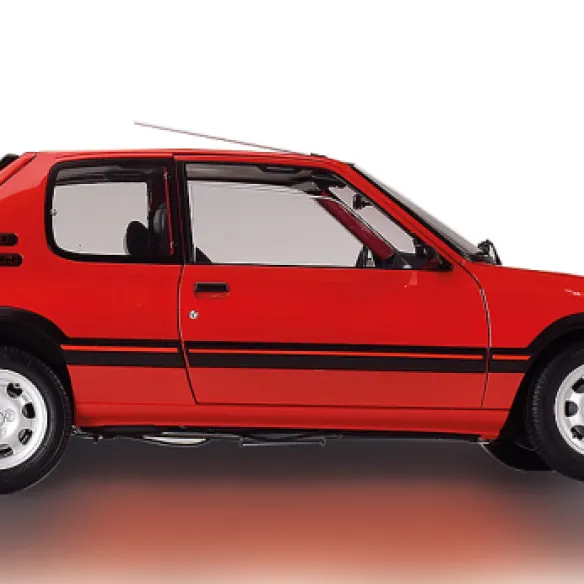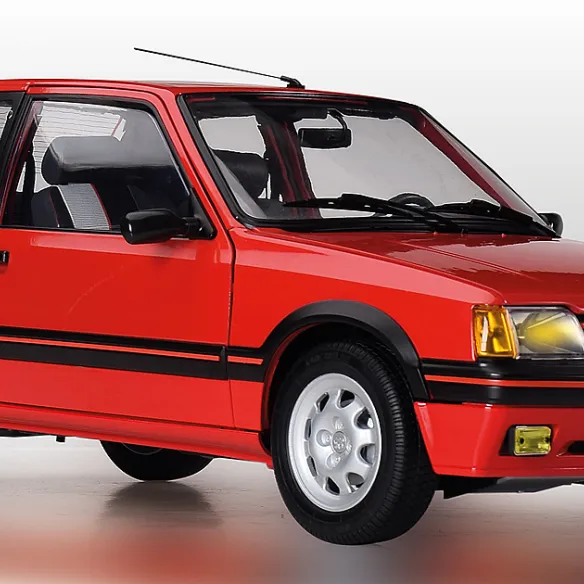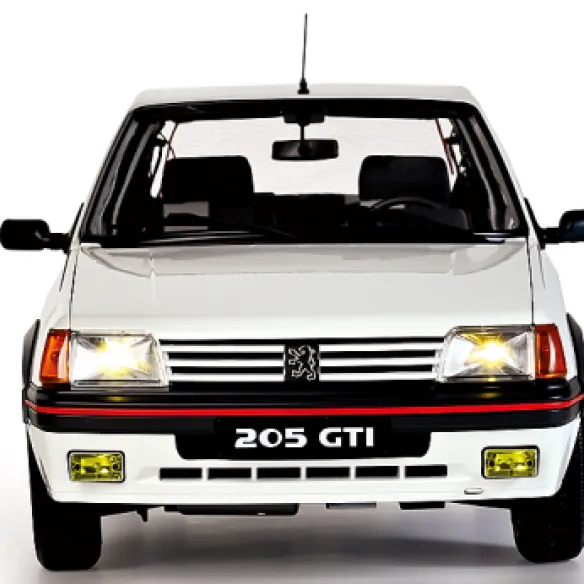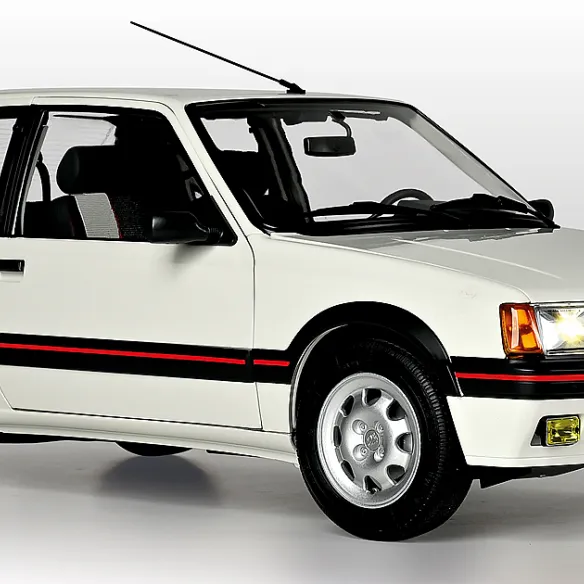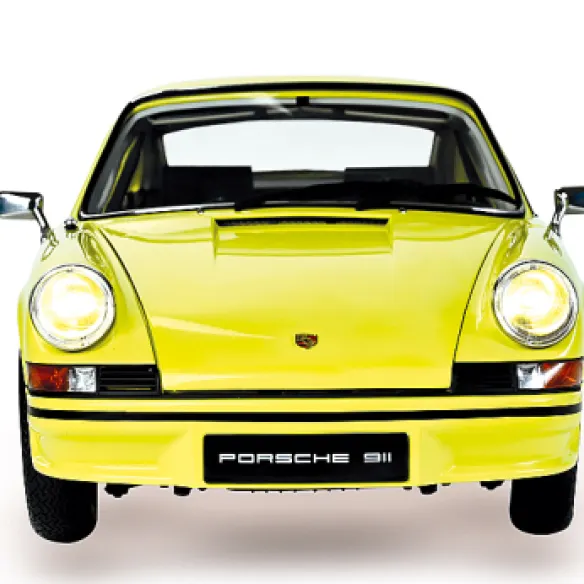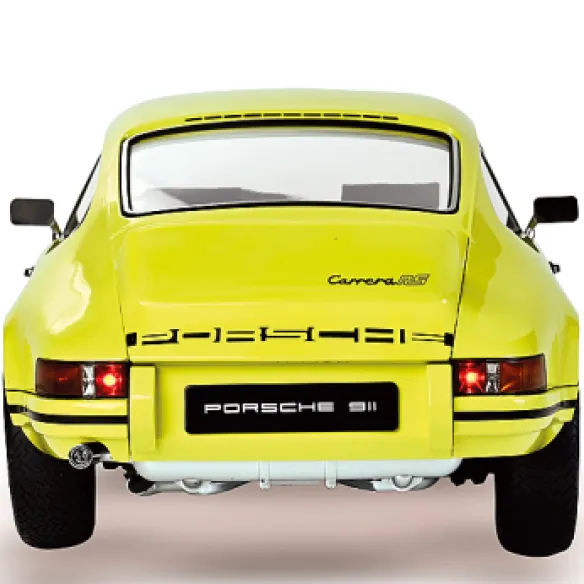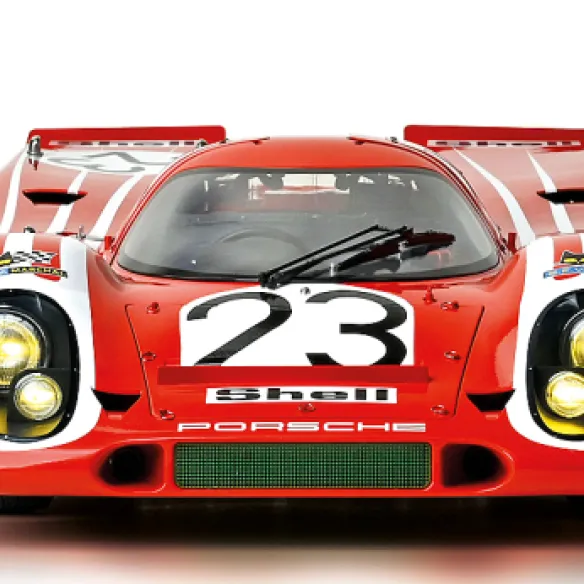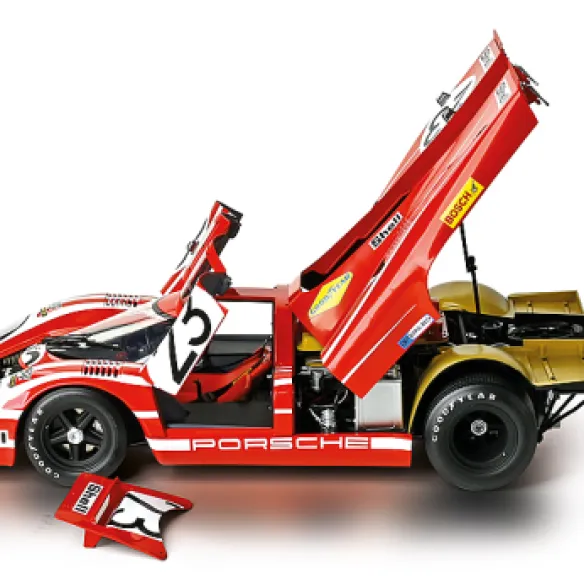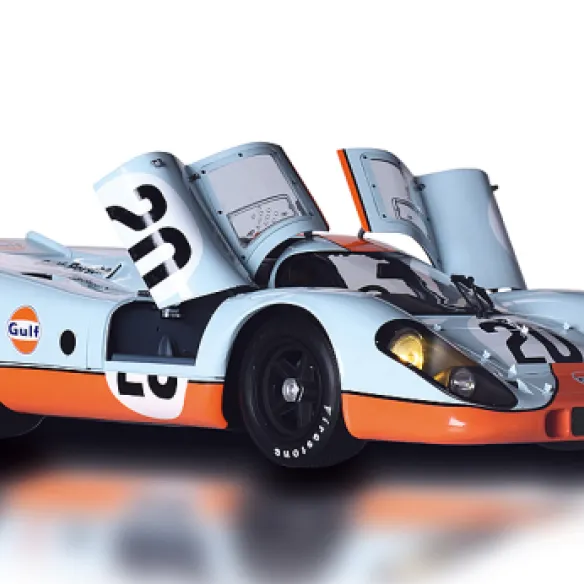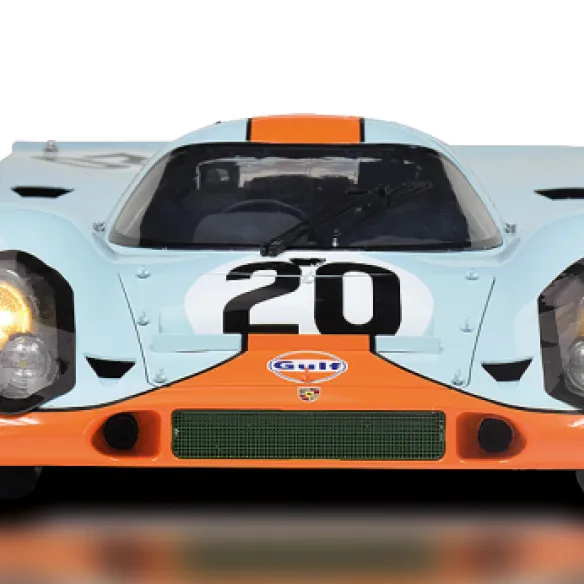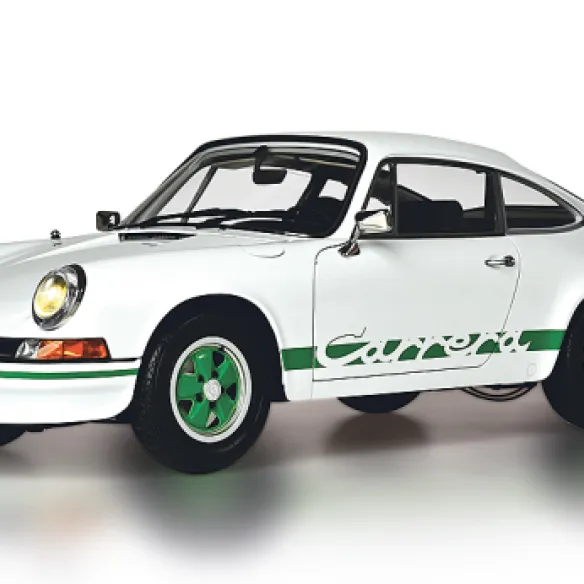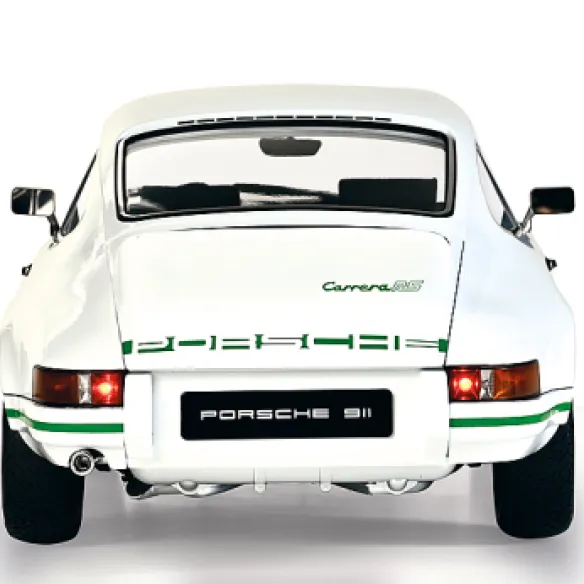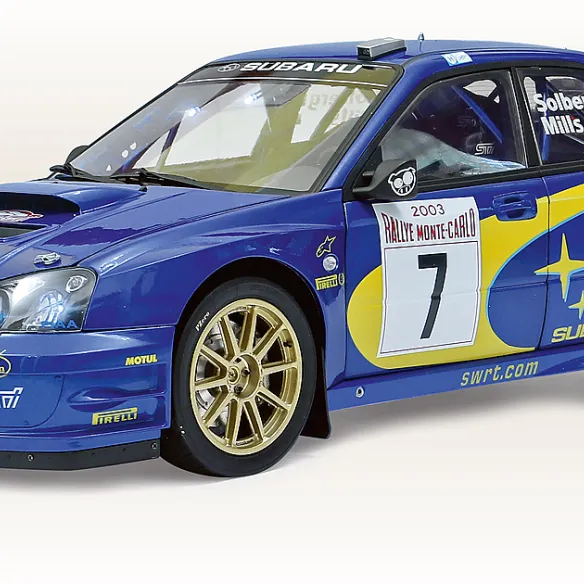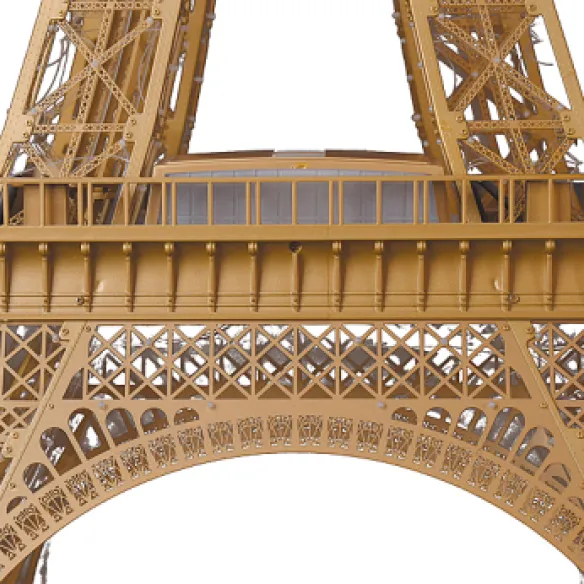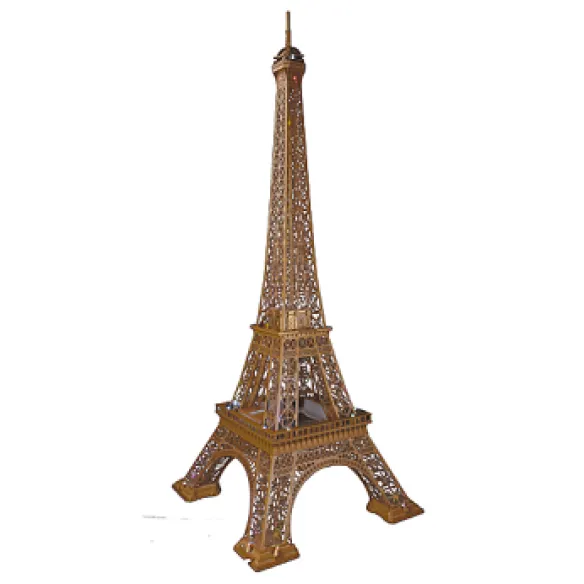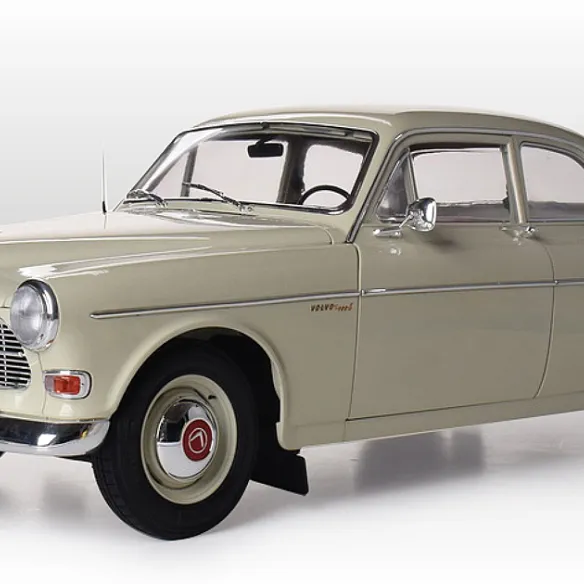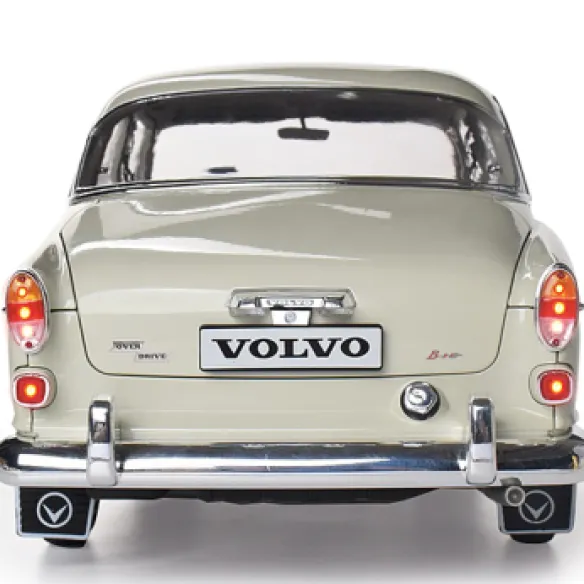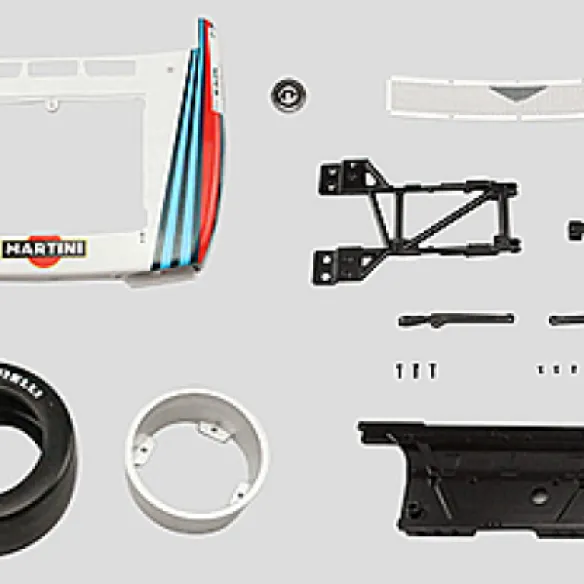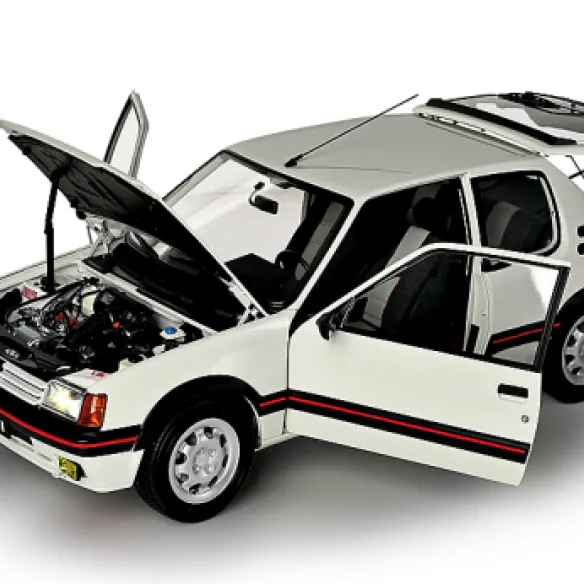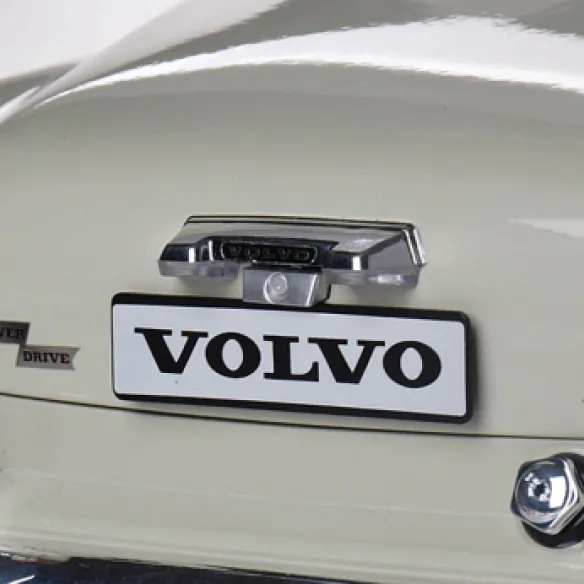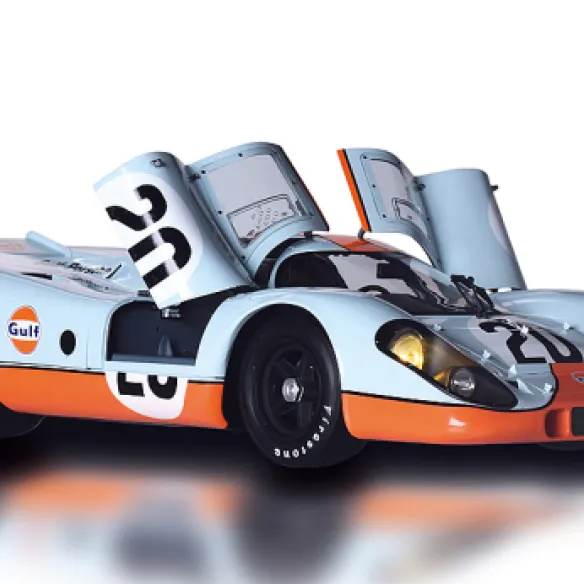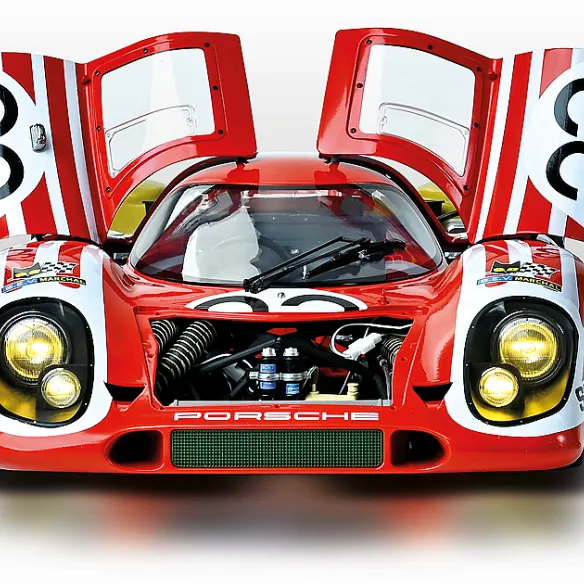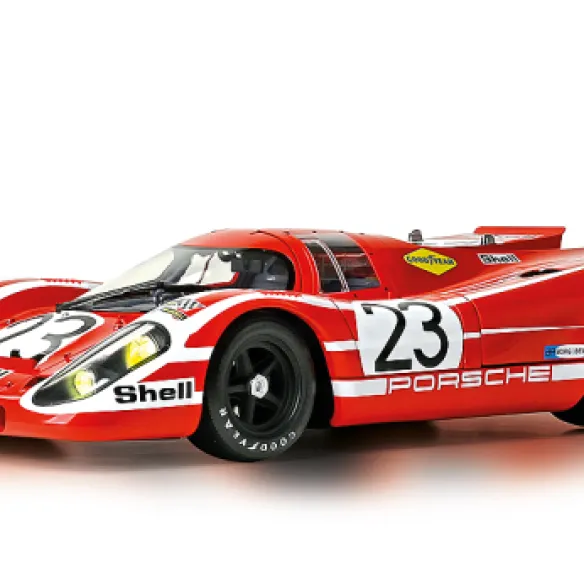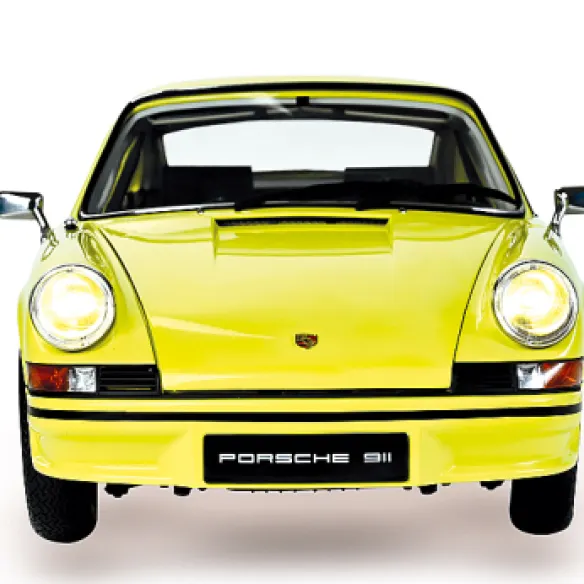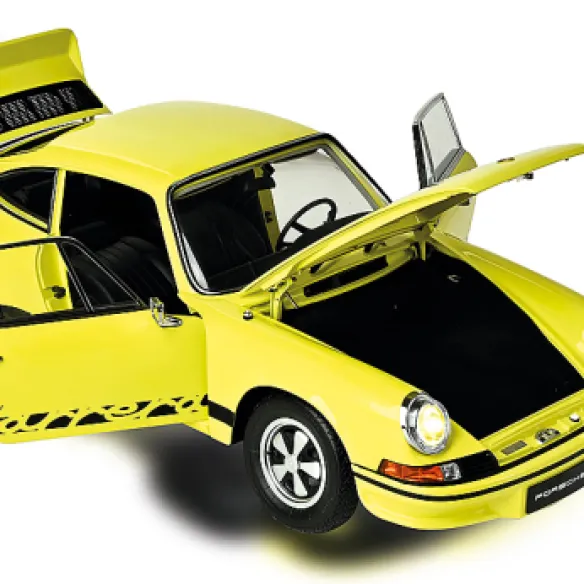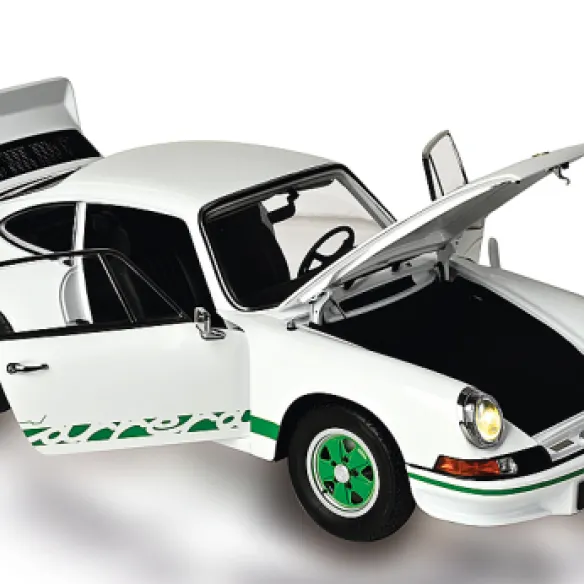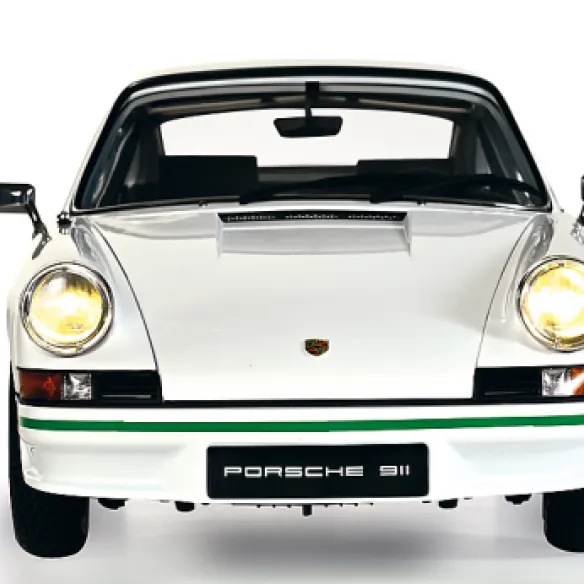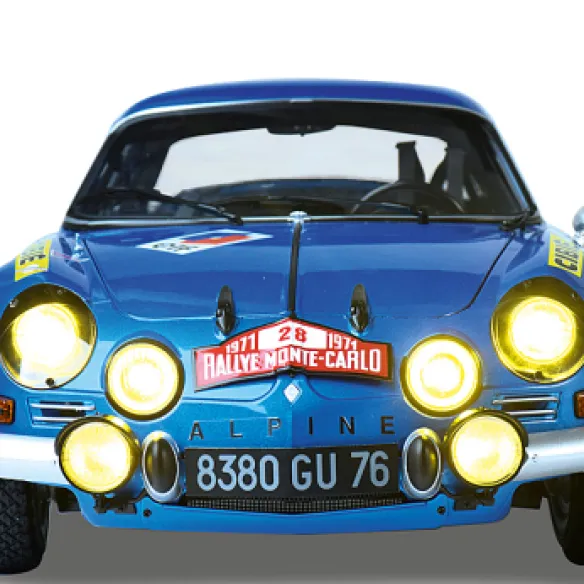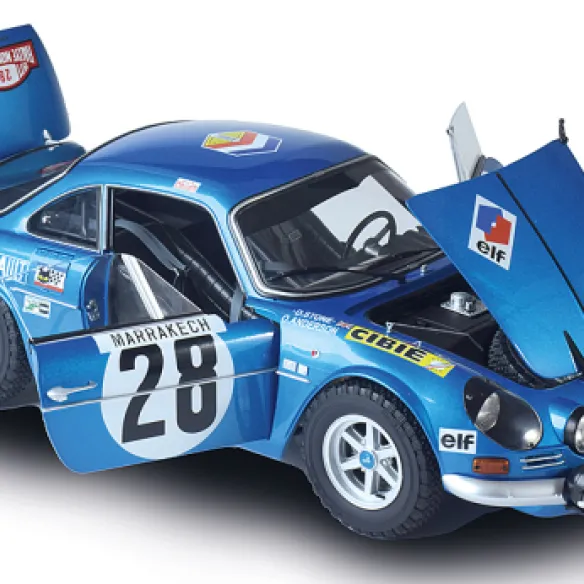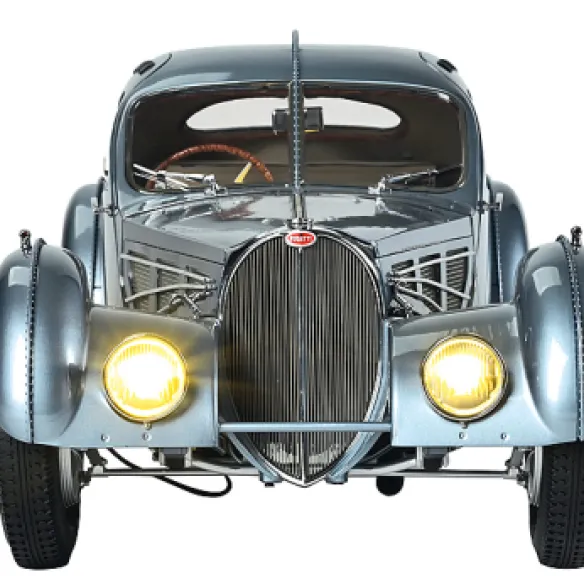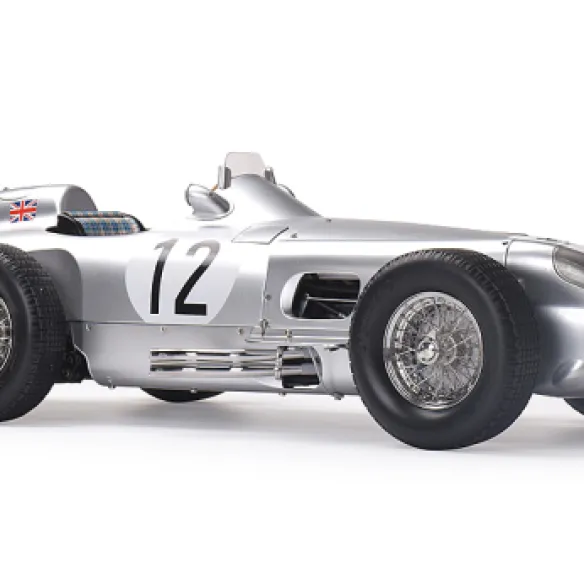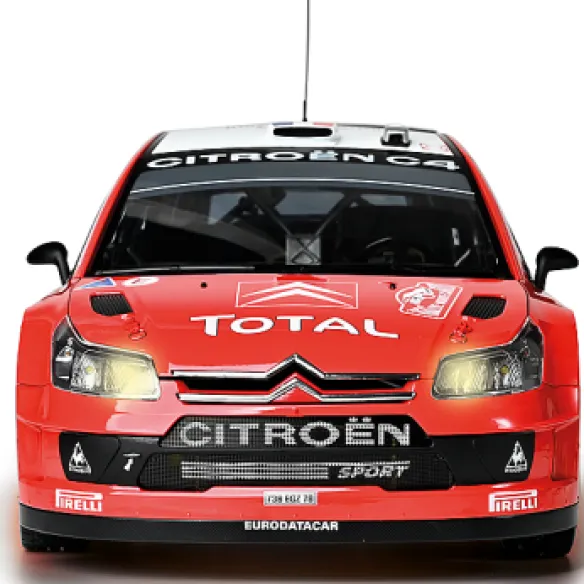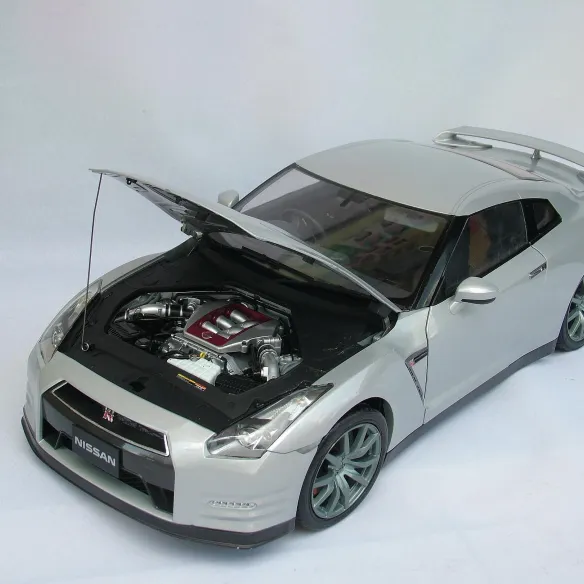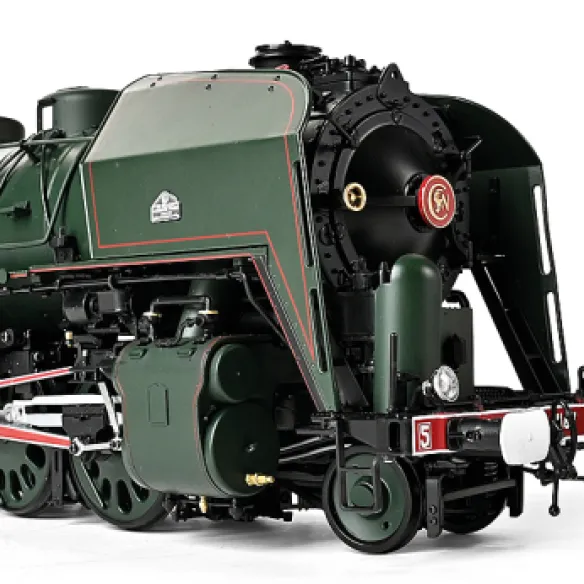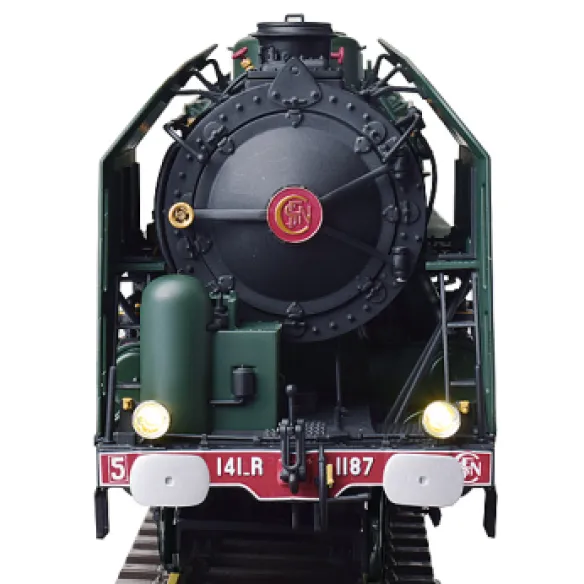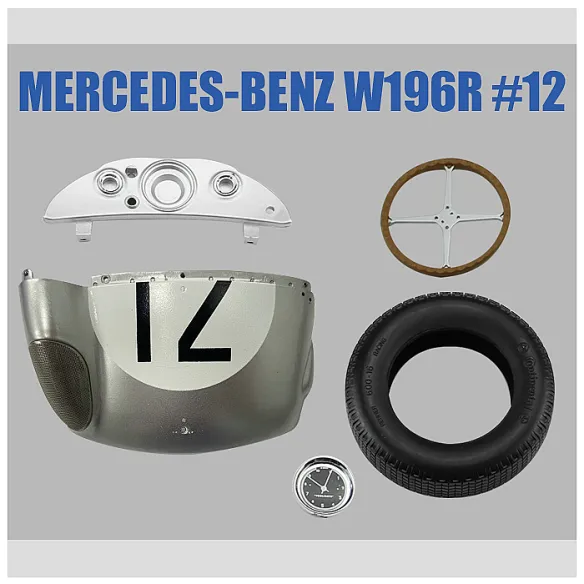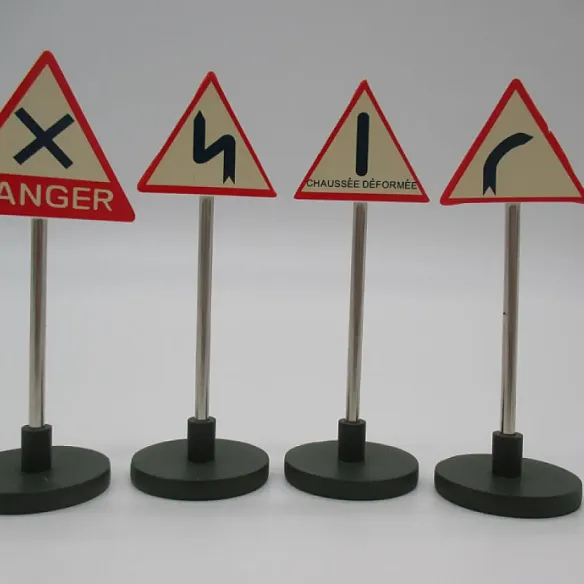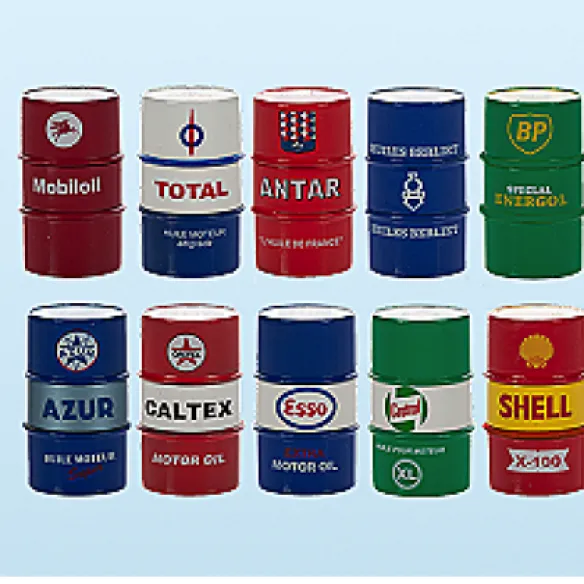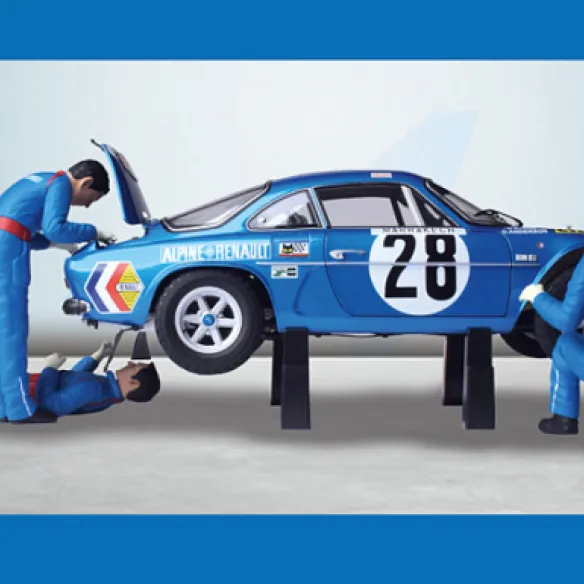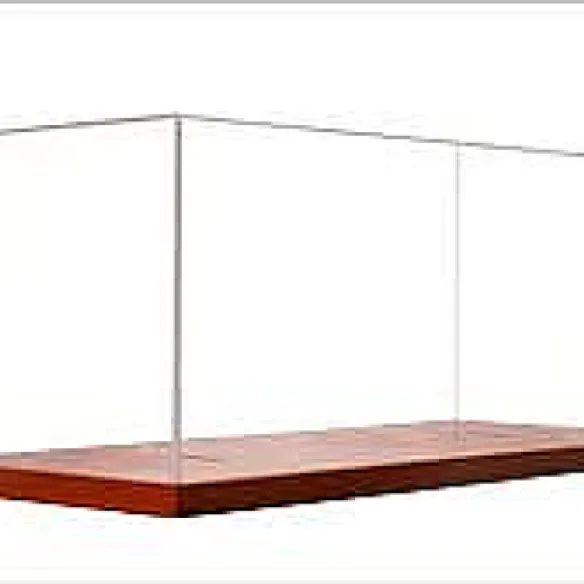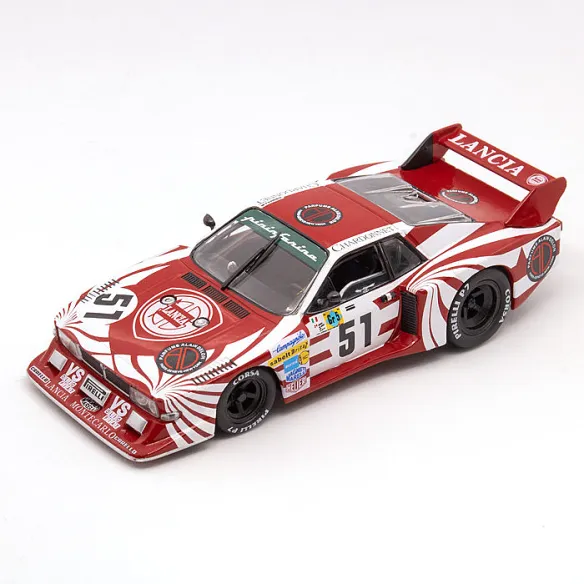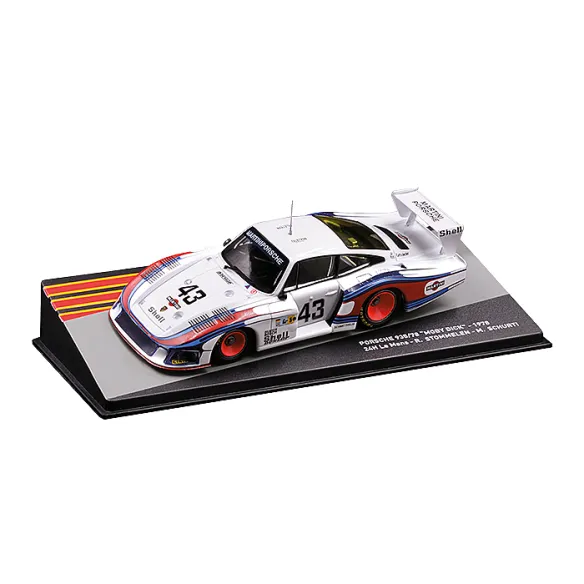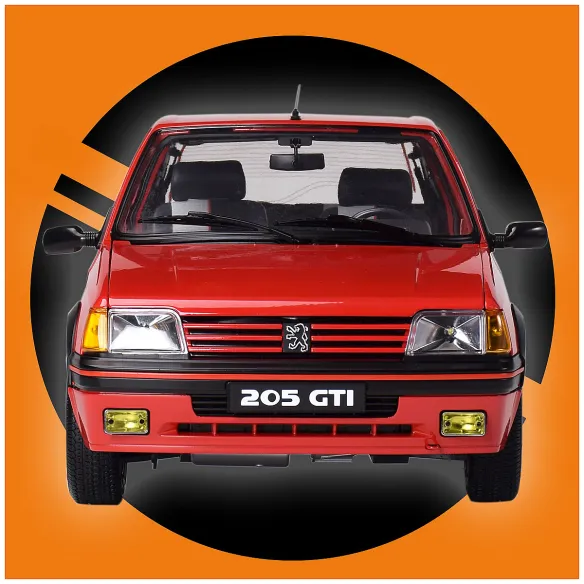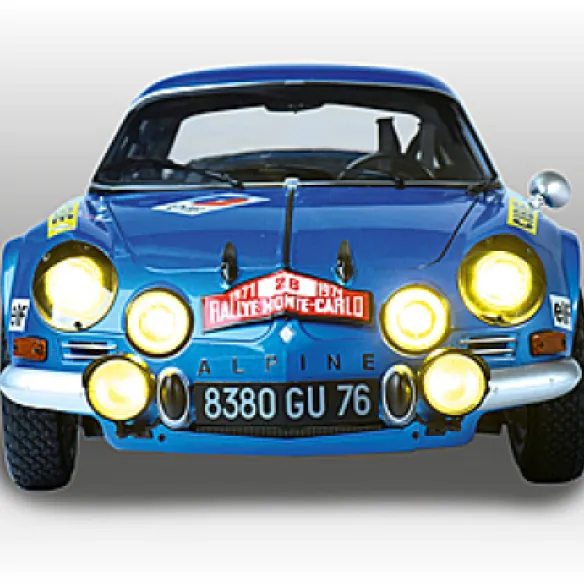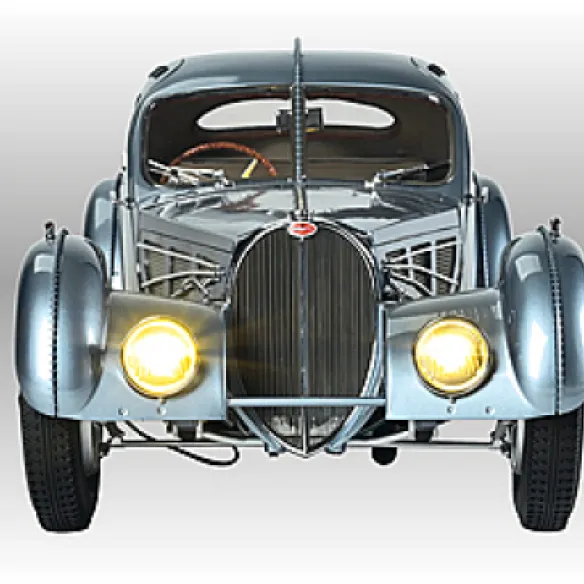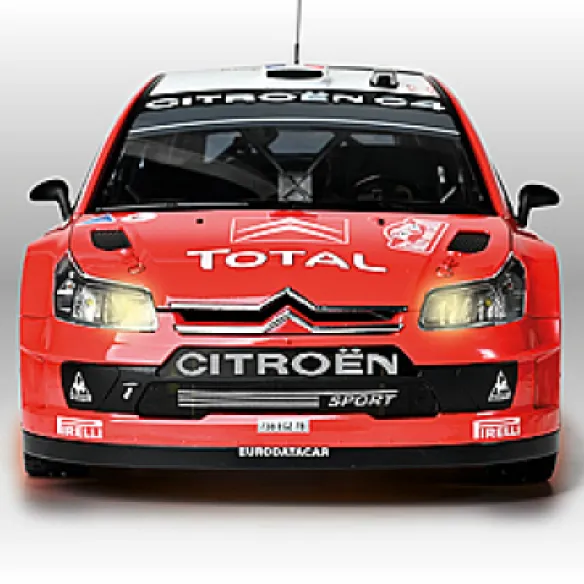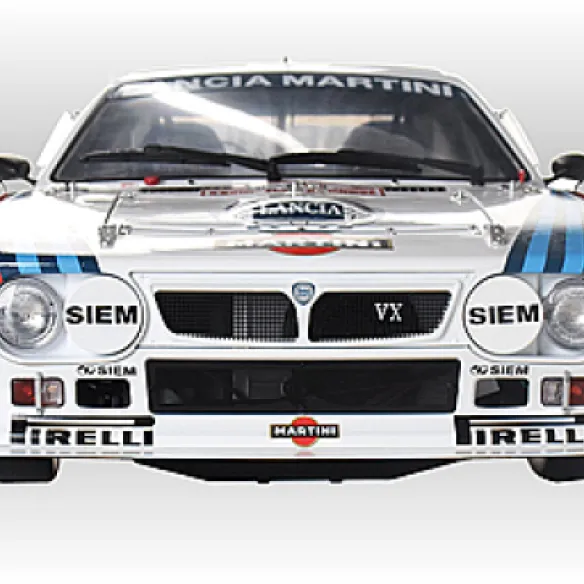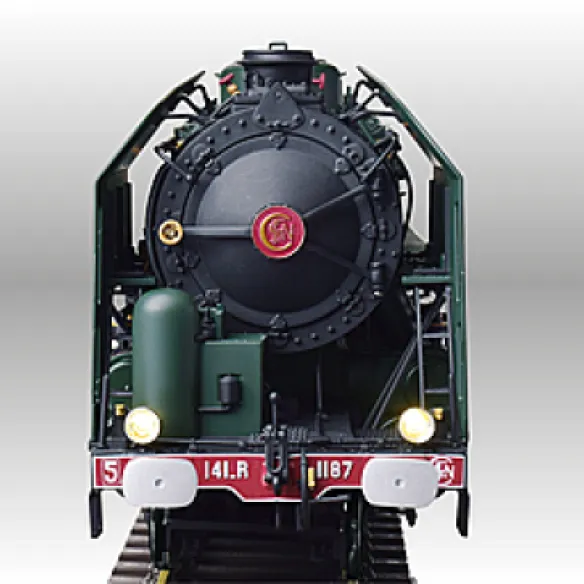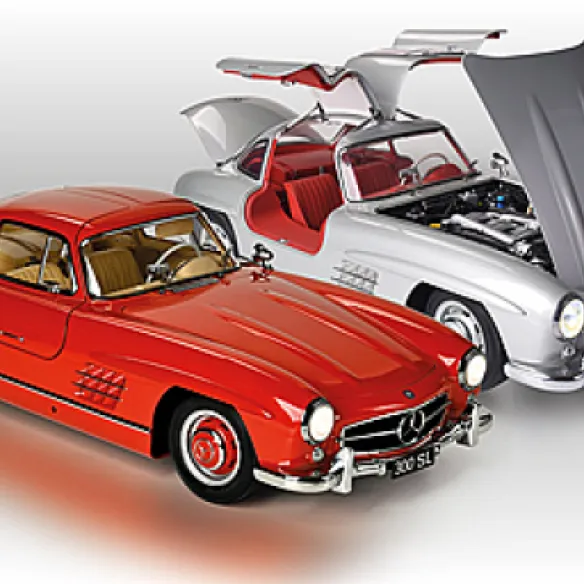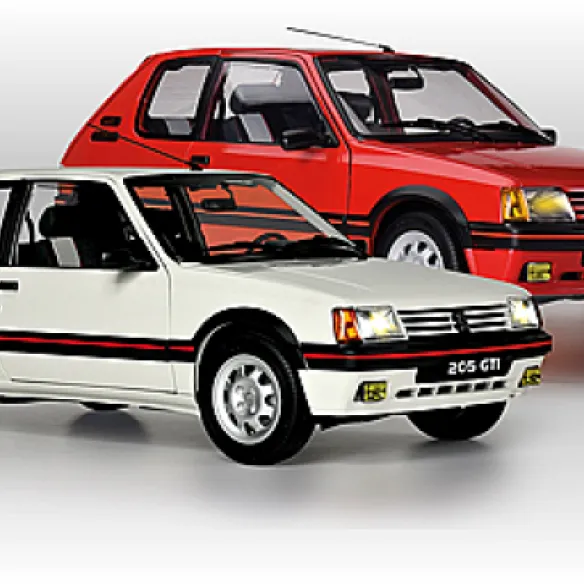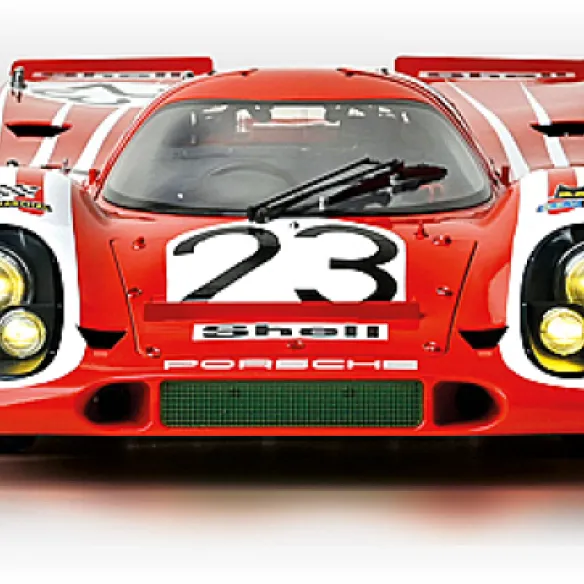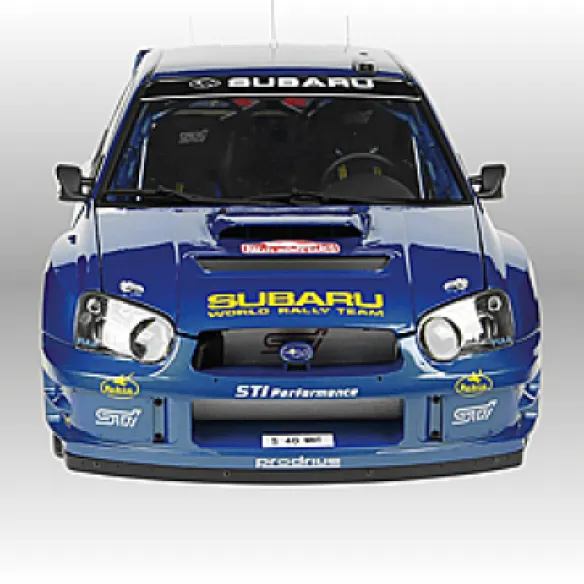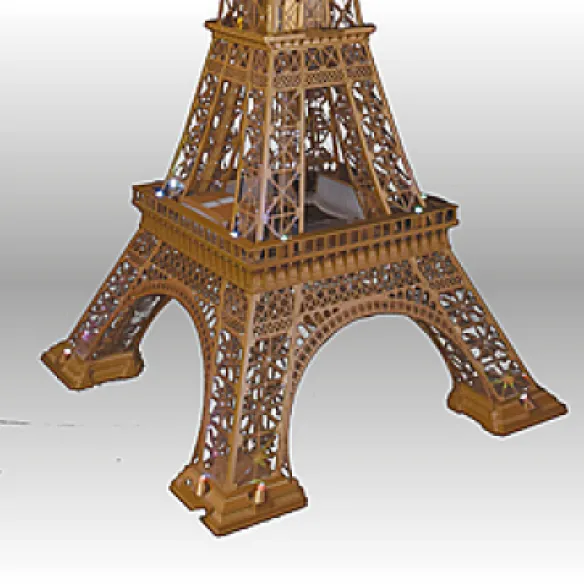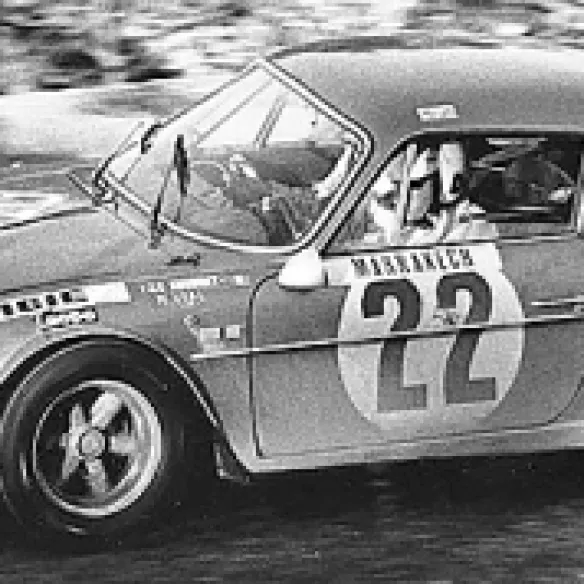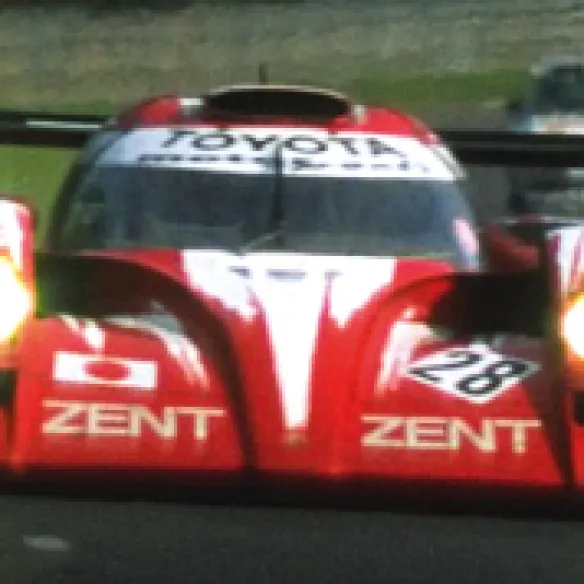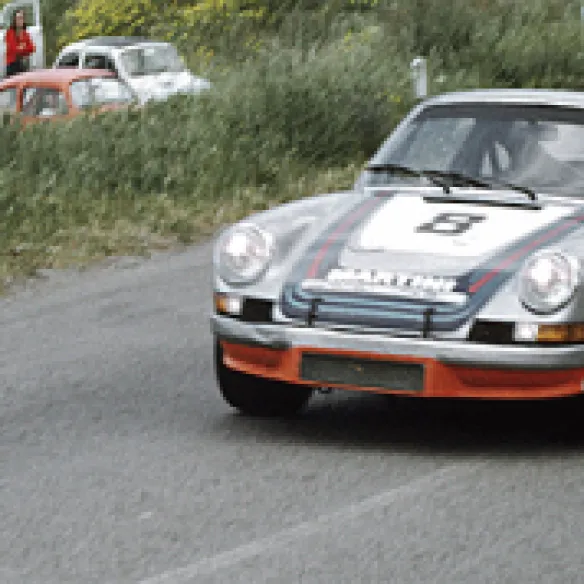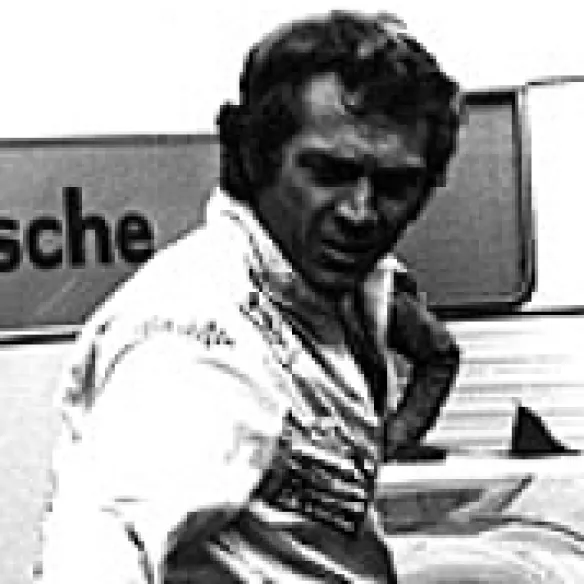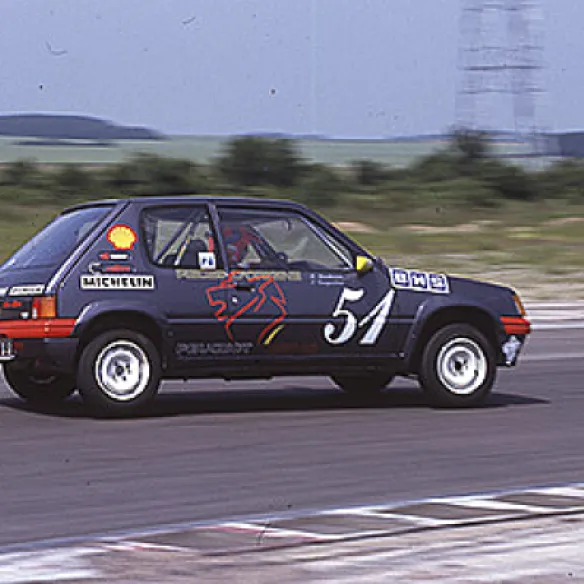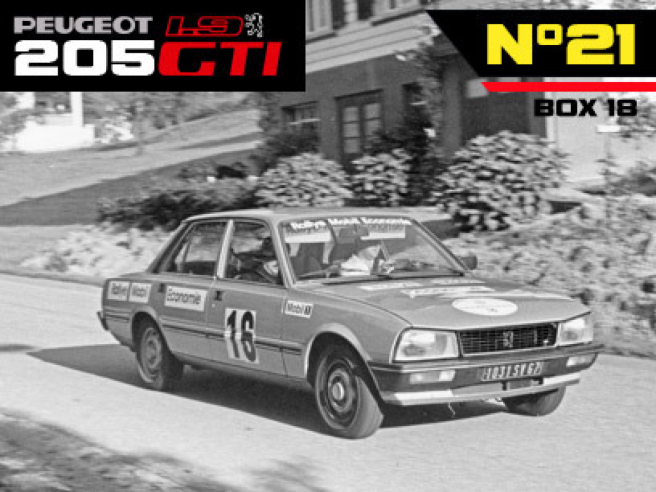
In 1984, Peugeot developed its range of sports cars by launching both the small bomb 205 GTI and the 505 GTI, which aimed to compete with the famous Bavarian saloons.
The Peugeot 505 was launched in 1979 to replace the 504 in the large family saloon segment. In March 1983, the 505 moved away from its image as a vehicle for the provincial gentry and received a 150 bhp Turbo Injection version, while the bodywork was fitted with the features of a top-of-the-range sports car. This was the beginning of a line of ever more powerful and efficient 505s that would contribute to the growth of the newly created Peugeot Talbot Sport.In the early 1980s, Peugeot already had a more muscular version of its 505, with the STI, which was equipped with the 1,995 cc "Douvrin" fuel-injected engine designed by the Française de Mécanique and developing 117 hp. A somewhat limited power for the most demanding customers of the brand, especially as the competition was tough from models produced across the Rhine... The arrival in 1984 of the 2.2 litre engine derived from a Chrysler block (whose European branch belonged to the PSA group at the time) on the new Turbo Injection version marked a decisive step in the history of this model. The 505 can now compete with BMW, Mercedes and Alfa Romeo in the category of sedans offering both comfort and performance.
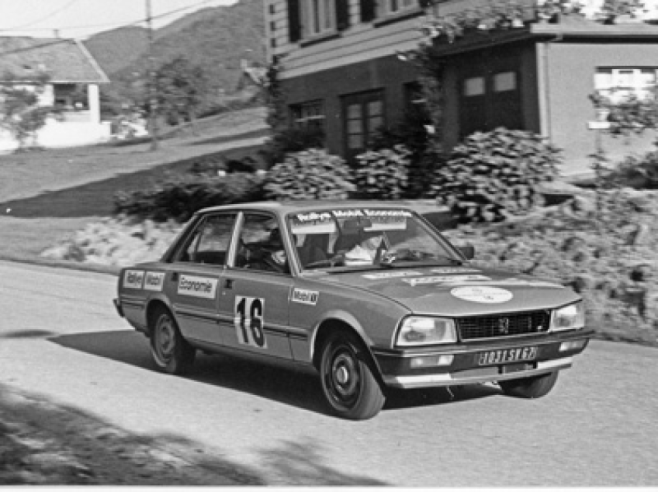
Although circuits remained its favourite field of competition, the 505 also took part in raids such as the Mobil Economy Rally in 1981. © IXO Collections SAS - Tous droits réservés. Crédits photo © Archives & Collections Dominique Pascal
A complementary version
A complementary version was developed by the Sochaux design office and appeared in the Peugeot catalogue in 1984. Wiser than the Turbo Injection with its 130 bhp, it filled the gap left by the STI, production of which was discontinued at the end of 1982. The increase in power, while keeping an identical displacement of 2,165 cm3, was made possible by fitting a new camshaft and by abandoning the previous Bosch mechanical injection for an electronic Bosch L-Jetronic version. The announced top speed is 185 km/h with a 400 metres from a standing start in 17 seconds! The self-supporting steel monocoque chassis structure of the base model is retained, as is the independent wheel suspension comprising McPherson struts at the front and trailing arms at the rear, supplemented by anti-roll bars, coil springs and hydraulic dampers. As for the bodywork, the 505 GTI uses elements of the other sports cars in the range: front spoiler, spoiler on the boot and aluminium wheels. In the interior, the dashboard and steering wheel were borrowed from the Turbo Injection. In 1986, the GTI benefited from the general restyling of the 505 range with a new dashboard, modified rear lights and a redesigned grille. The following year, a version with a 2,849 cc (170 hp) 90° PRV V6 engine was available. The 505 sports cars were discontinued in 1989, while the basic version was extended until 1992.
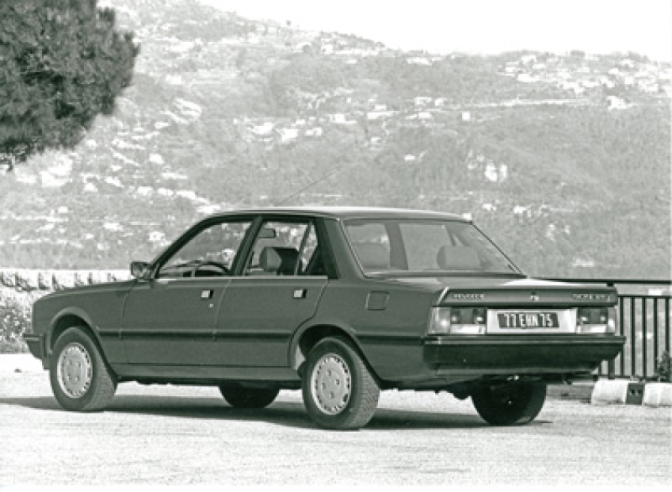
The 505 is the last rear-wheel drive model produced by Peugeot. © IXO Collections SAS - Tous droits réservés. Crédits photo © Peugeot
The 505 in competition
While its predecessor, the 504, had achieved a fine record of success in rallies and on the tracks of Africa, the 505 was mainly to be seen on the circuit. However, it made its debut at the 1980 Acropolis Rally, where privateers Claude Laurent and Christian Dorche, entered in Group 1 and 2 respectively, immediately put in a performance (18th and 25th) that augured well for the 505's future in competition. One of the architects of the 505's success in the race was Jean-Pierre Beltoise, who enabled the car to make a name for itself in the French Production Championship. An ardent supporter of this touring car championship, which he won in 1976 and 1977 with BMW, Beltoise wanted Peugeot to officially enter the race. In order to convince the Sochaux-based manufacturer, he privately entered a Danielson-prepared STI for the 1980 season, and through patience and adversity, success finally came in 1982 with two victories at Magny-Cours and Montlhéry. However, Peugeot still did not enter directly, entrusting this task to the Groupement des Concessionnaires des Automobiles Peugeot (GCAP).
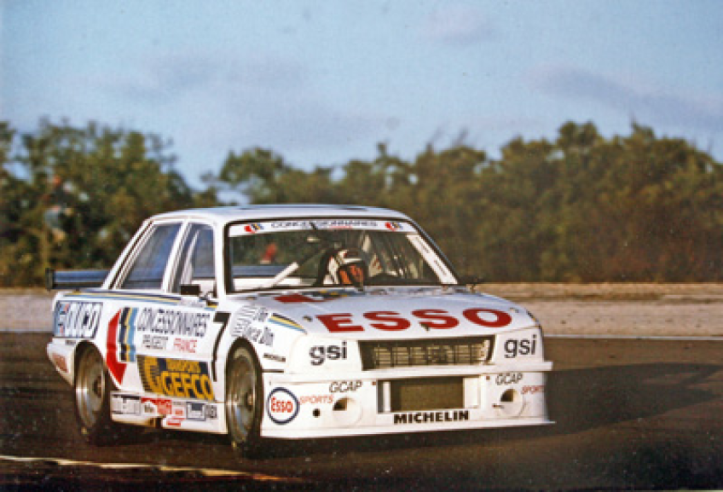
Jean-Pierre Beltoise contributed greatly to the success of the Peugeot 505 in the Production Championship from 1980. © IXO Collections SAS - Tous droits réservés. Crédits photo © Peugeot
The 505 Superproduction
When the Turbo Injection version came out in 1984, it offered an exceptional basis for the so-called Superproduction 505. Between 1984 and 1987, Jean-Pierre Beltoise and Jean-Pierre Jabouille won eight times at the wheel of this car and although the 505 never won this Championship, it made a deep impression on it, which consequently boosted sales of the production model. The production 505 was fitted with a regulated electronic fuel injection system and initially with the standard Garrett turbo, without an air exchanger and with a pressure limited to 1 bar. This was later replaced by a KKK turbo with a pressure of 1.7 bar, which increased the engine's power to 440 bhp for the first season, then to 550 bhp from 1985.

With the 505 Turbo Injection, Peugeot succeeded in offering a model that was both comfortable and powerful, earning it the nickname of "French Béhème . © IXO Collections SAS - Tous droits réservés. Crédits photo © Peugeot
Recent articles
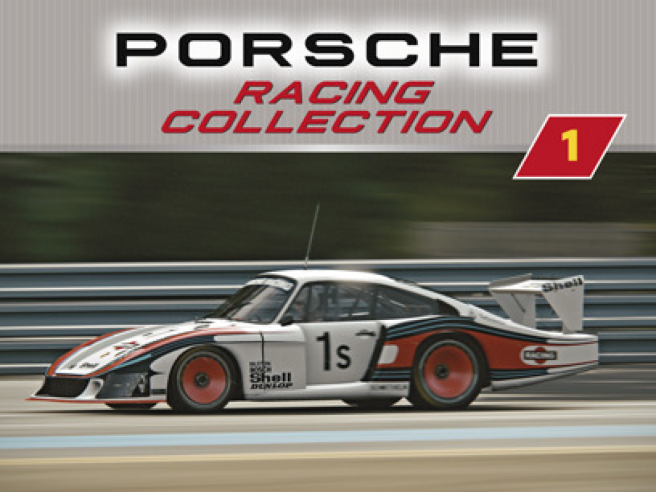
06/05/2024
PORSCHE 935/78 « Moby Dick »
Trois ans d’évolution pour arriver à 850 ch de puissance
Read more
05/05/2024
PORSCHE 911 CARRERA 2.8 RSR
A SINGLE MOTTO : REDUCE WEIGHT AND GET MORE HORSEPOWER FROM THE ENGINE
Read more

01/05/2024
PORSCHE 917 kH
The most refined engine never created by porsche
Read more


 English
English français
français Deutsch
Deutsch español
español italiano
italiano português
português